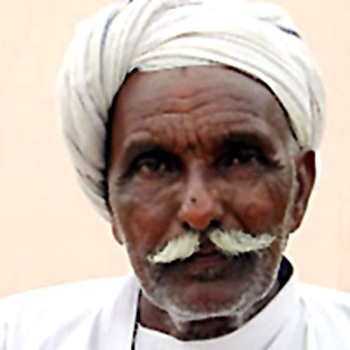 Dangri is a small caste of Maharashtra. This caste mainly comprises water-melon and vegetable growers. The name of Dangri caste has been derived from the word dangar or dangra, which means a water-melon. They are the inhabitants of Wardha District and Bhandara district. Dangri caste is said to have a mixed functional origin. This caste appears to be a subsidiary of Kunbi Tribe with several additions from other sources.
Dangri is a small caste of Maharashtra. This caste mainly comprises water-melon and vegetable growers. The name of Dangri caste has been derived from the word dangar or dangra, which means a water-melon. They are the inhabitants of Wardha District and Bhandara district. Dangri caste is said to have a mixed functional origin. This caste appears to be a subsidiary of Kunbi Tribe with several additions from other sources.
There are several legends suggesting the origin of Dangri caste. In Wardha, the members claim that their ancestor was one of the two brothers who were given seeds of juari plant and water melon for sowing by Lord Shiva. The former brother is said to be the ancestor of the Kunbis while the latter became the ancestor of the Dangris. Some members of the caste say that their original home was Varanasi and from they immigrated to the Central Provinces of the country. Thus, they identify themselves as Kashi Dangri, as Kashi is the traditional name for Banaras. However, scholars say that this claim appears to be without any foundation, because the names, customs and speeches of the caste signify Marathi origin.
Dangri caste is divided into Teli, the Kalar, the Kunbi and the Gadiwan Dangris. The Gadiwan are a separate section who engaged in the profession of cart-driving for earning a livelihood. Further, in Wardha there is also a small class of Panibhar or waterman Dangris employed as water-bearers. Majority of Dangris grow melons and chillies on the banks of rivers. When the fruits ripen, they offer it Lord Shiva and then to a Brahmin for ensuring success of crop. Polygamy is permitted in Dangri society. They bury the dead. The traditional customs of Dangri caste resemble the customs of Kunbis.
This article is a stub. You can enrich by adding more information to it. Send your Write Up to content@indianetzone.com




















